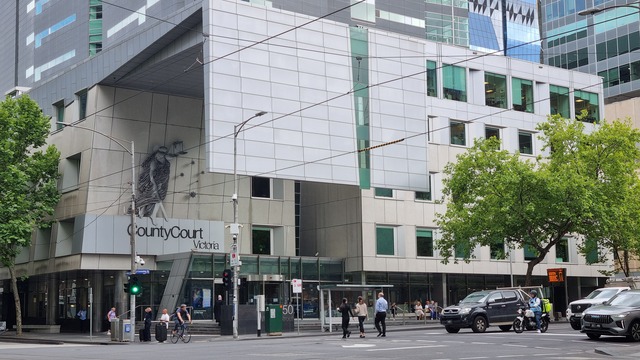By Casey Neill
The 200th VLocity car is headed for Victorian tracks, fresh from Dandenong.
Bombardier Transportation has been building the V/Line vehicles at its Dandenong facility since winning the State Government contract in 2001.
The first three-car system went into service in 2005.
Bombardier celebrated the latest milestone with partner Cummins at Middleman Functions in Scoresby on Friday 21 July.
“Having produced 200 of these magnificent engines, it’s a real feat,” Mr Dudgeon said.
“None of this is possible without strong, committed partnership with our customers, but especially our local supply chain.”
The VLocity train project supports more than 600 Victorian jobs and has peaked at 69.5 per cent local content – the highest in rolling stock manufacture in Australia.
“That truly is a locally-made train,” Bombardier managing director Andrew Dudgeon said.
The trains can travel at up to 160kph and carry more than 200 passengers. The fleet moves more than 1.2 million Victorians each month.
Mr Dudgeon said patronage along regional train lines was growing.
He said the State Government’s order in its May budget for another 39 VLocity cars was testimony to the fleet’s reliability and the partnership between government and local industry.
A 750 horsepower Cummins QSK19 diesel engine powers each train, and each car also has an 85 kilowatt Cummins genset.
Cummins produces and assembles the propulsion and electrical power generation modules at its South Pacific headquarters in Scoresby.
Each module is designed for quick replacement with a standby unit.
Cummins South Pacific rail business manager Victor Lekhtman said the key measurement for rail fleet reliability was the mean distance between failures or MDBF, based on delays of more than five minutes.
“The original expectation for VLocity was an MDBF of 100,000 kilometres, but the actual long-term MDBF average exceeds 150,000 kilometres, which is phenomenal,” he said.
“It’s unheard of in the diesel railcar industry.”







